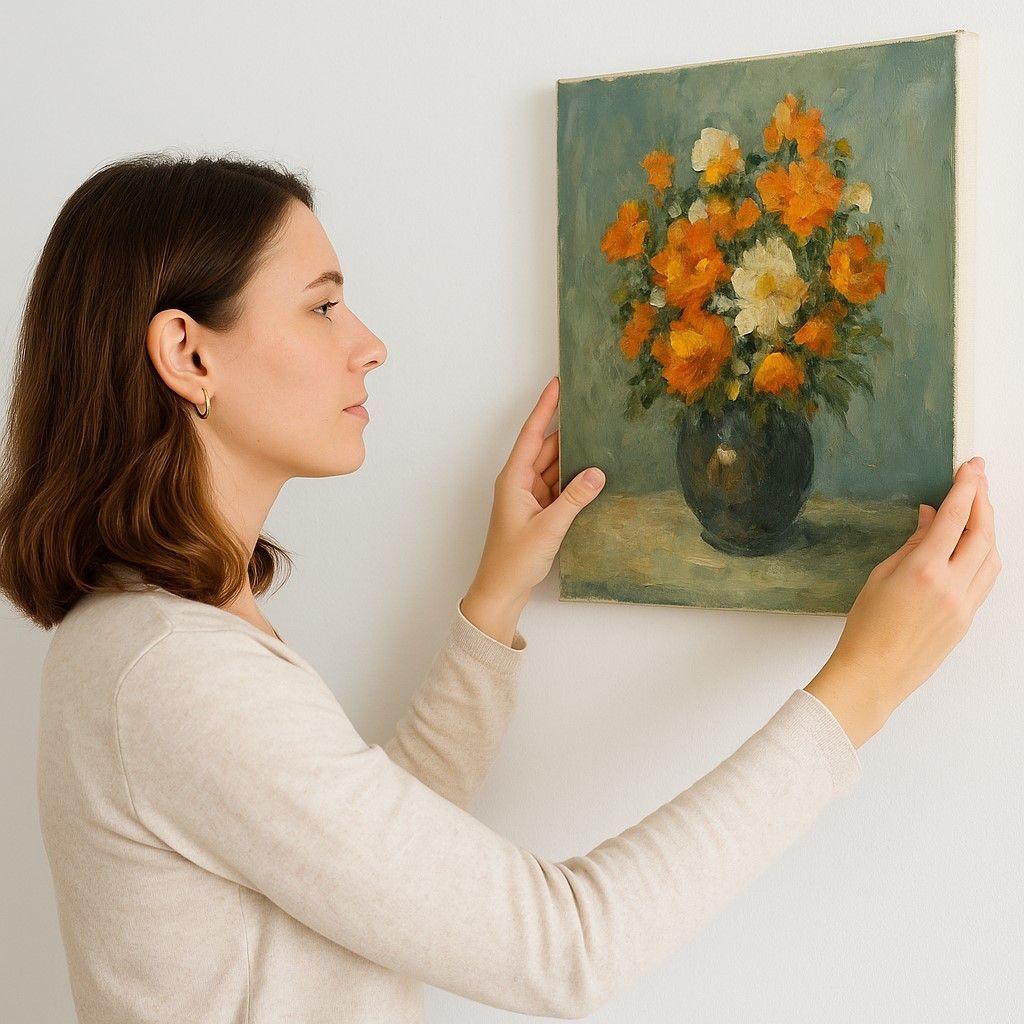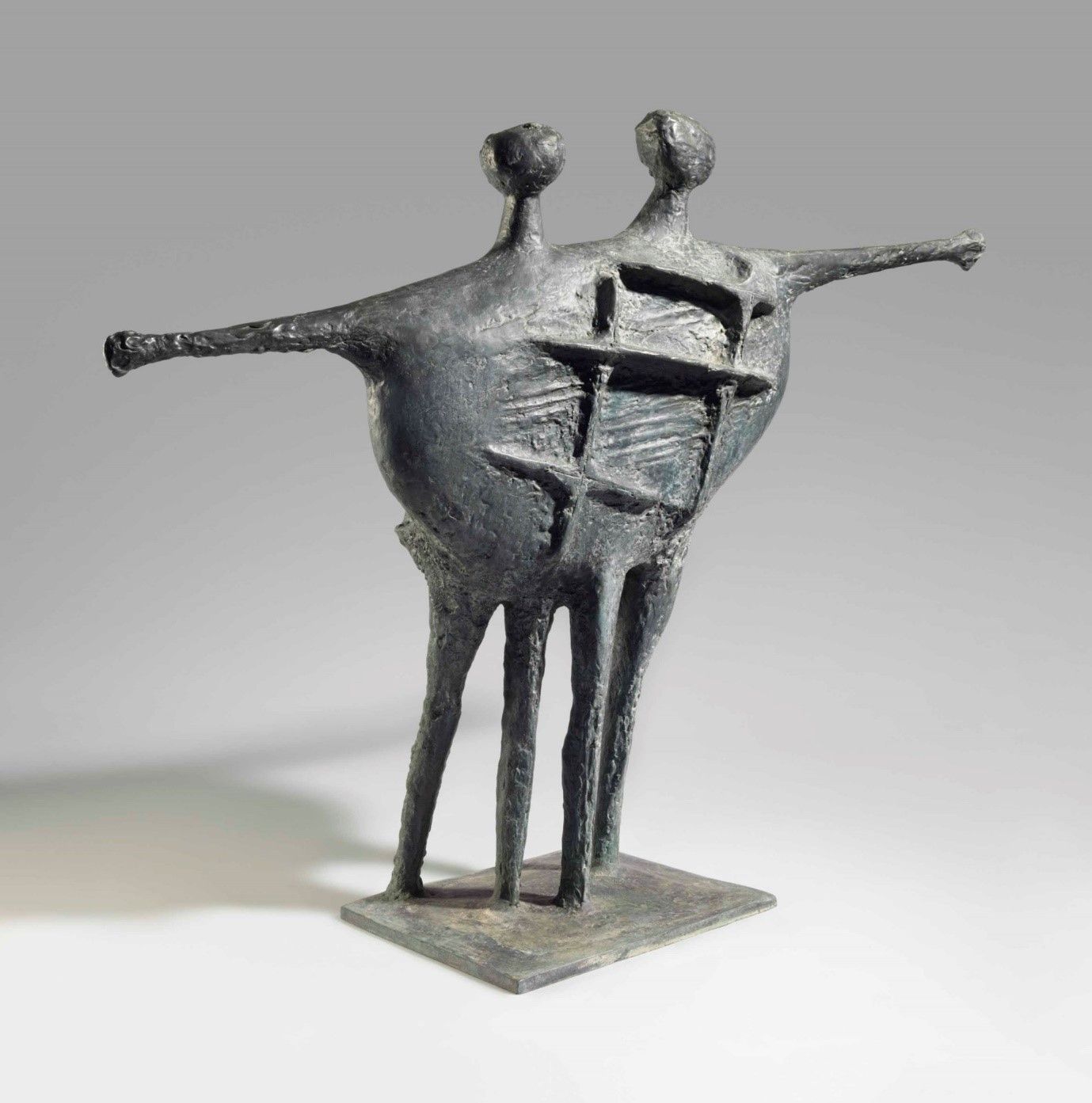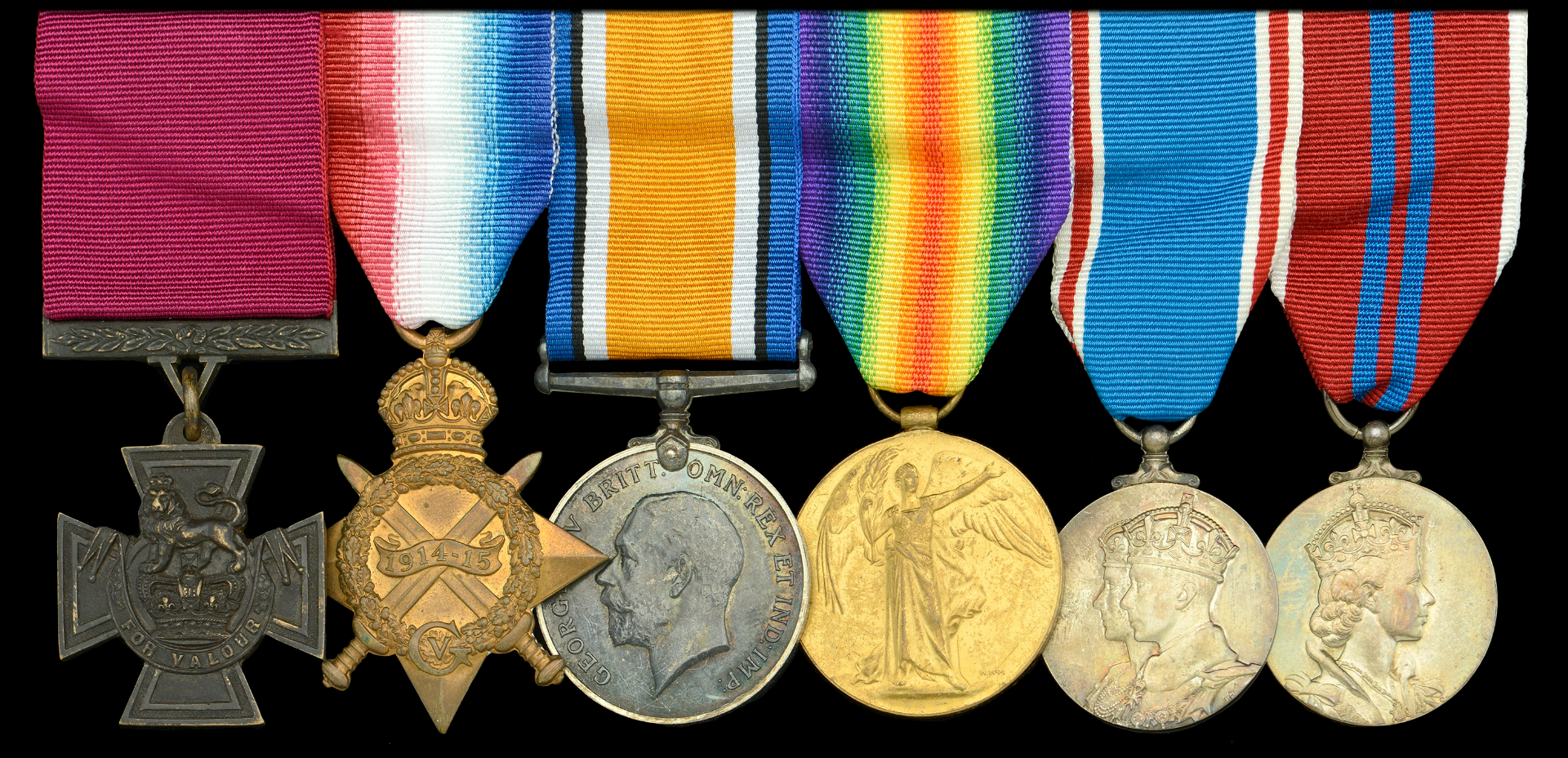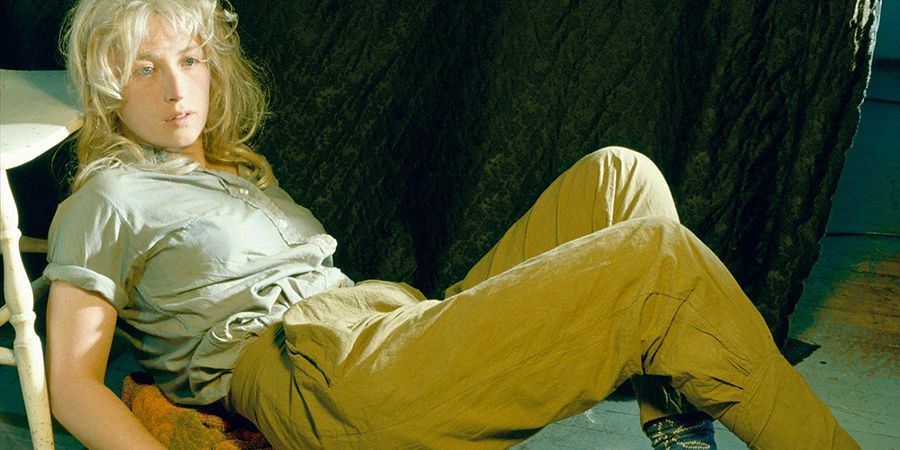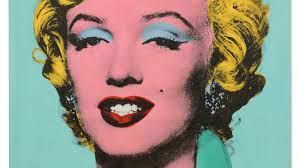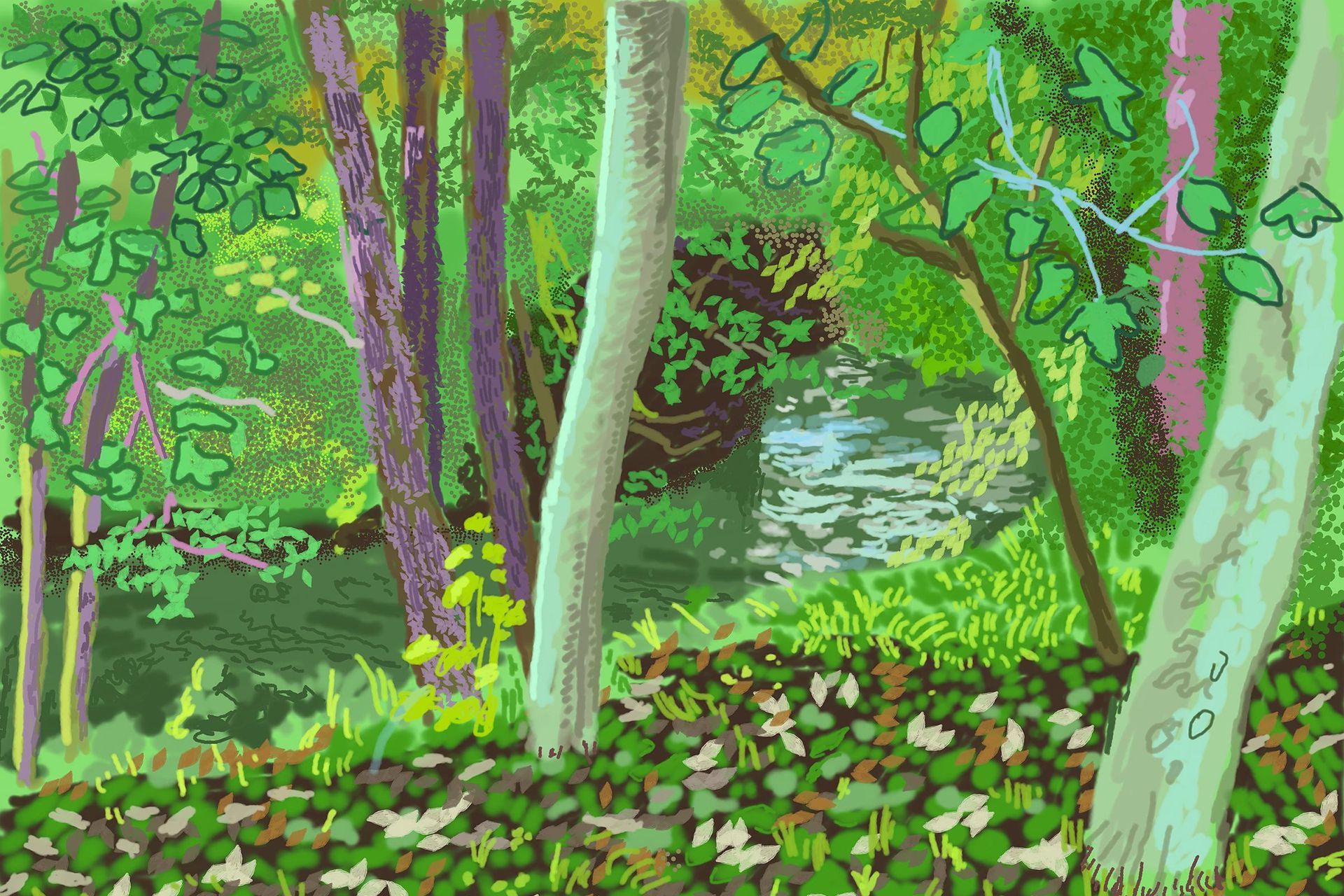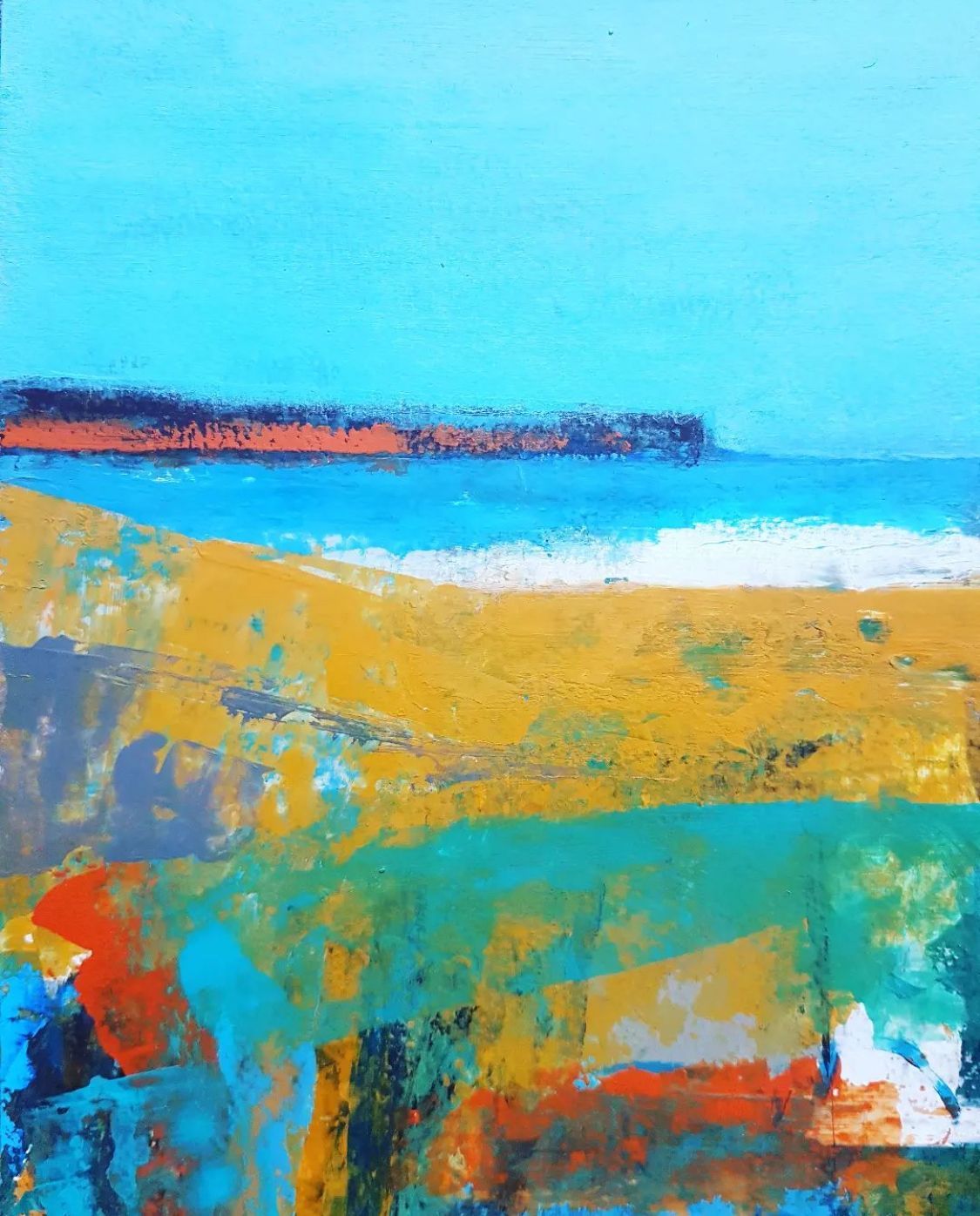Share post
Please enjoy this short article on understanding metals by Debra Stanislawski at Quastel Associates.
When challenging times hit, the safe investment tends to be metal. Most often, this is in the form of gold and silver bars, coins, or jewellery which often keep value. Yet, sculpture can also fetch surprisingly good returns and has been appreciated for its artistic character and has been for many years. For those seeking a new creative activity to end 2023, perhaps consider bronze sculpting?
How to Make a Bronze Sculpture
- First, create a model.
- Then, create a mould and melt the wax through it prior to adding the liquid bronze. Bronze will melt at about 1300 degrees Celsius. The bronze sculpture inside the mould will be left to cool for several hours. After removing the mould, the solid bronze sculpture is left. Polish, sand and finish the bronze to match the original model.
- Then, to prevent the bronze sculpture from oxidation add patina and let it dry, possibly weeks. Then, the casting number and year are inscribed, the founder stamp is added. and the artist adds her signature.
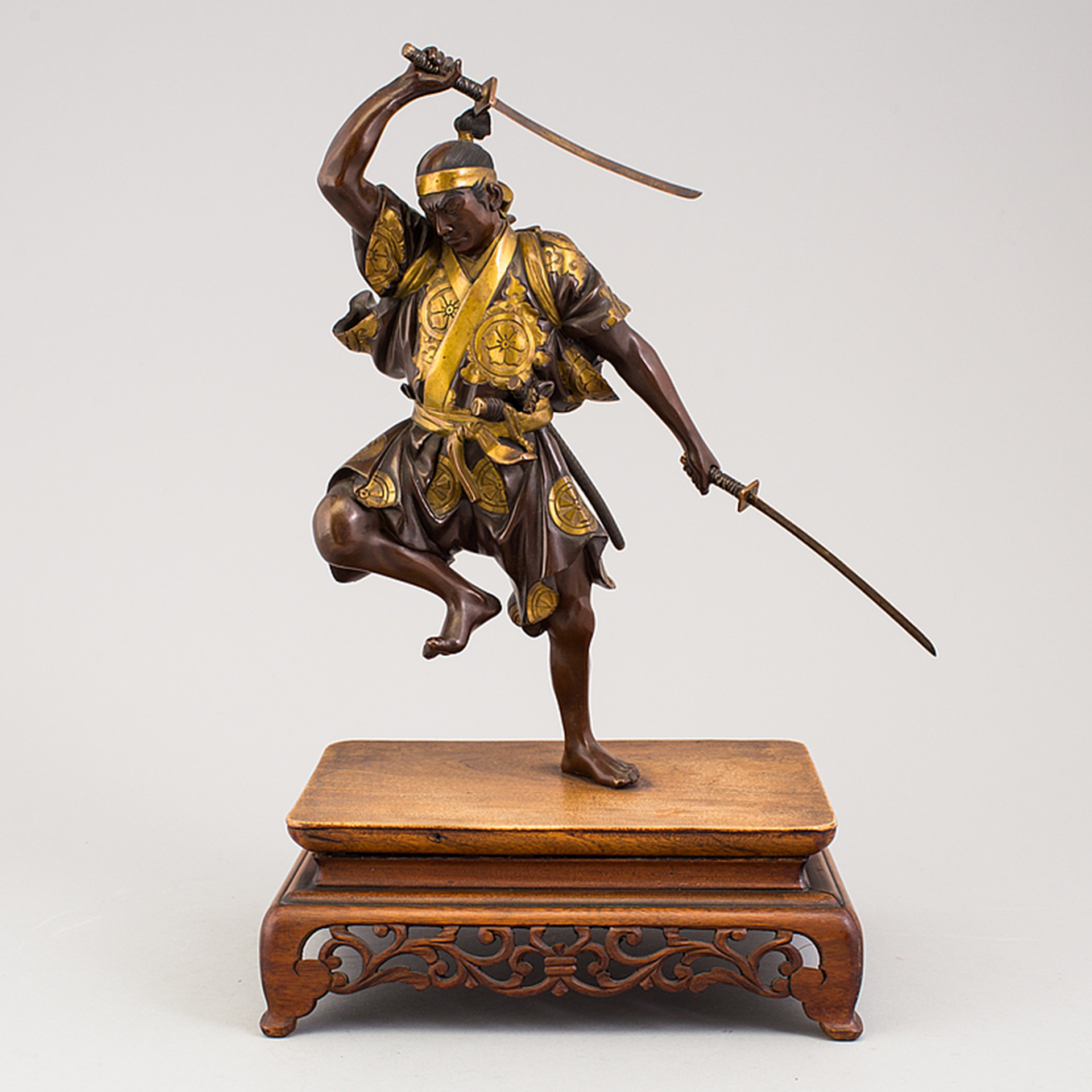
Our clients often choose bronze statutes over other media. The Meiji period Japanese bronze sculptures could be a mere 15 by 13 centimetres in size and sell for a rather decent figure, with some valued for tens of thousands.
Who are the big names in Bronze?
Famous sculptors are often men. Slowly this changes, the most famous bronze sculptors include:
1. Louise Bourgeois
She was a prolific sculptor. She began her academic career studying mathematics at the Sorbonne and at the age of 84 rapped ‘Otte’. Nonetheless, despite her clear talent as a sculptor, she was rejected by the male dominated Surrealist group.
She is probably best known for her bronze spider sculptures, transforming something feared into something positive. For her, the spider was a positive depiction of motherhood, conveying powerful traits such as intelligence, protectiveness, and strength. Using art to overcome her own traumas including disenchantment with her father for his womanising and the early death of her mother, Louise said “art is the guarantee of sanity.” Whilst depicting themes seemingly of a feminist nature, she stated “I am a woman, so I don’t need to be a feminist,” probably more indicative of her own experiences and a more informed understanding of the issues impacting woman than she cared admit or because of a lack of desire to be labelled and boxed, as also depicted in some of her work. In 2023, her Nature Study #2 made £327,058 at auction with buyer premium.
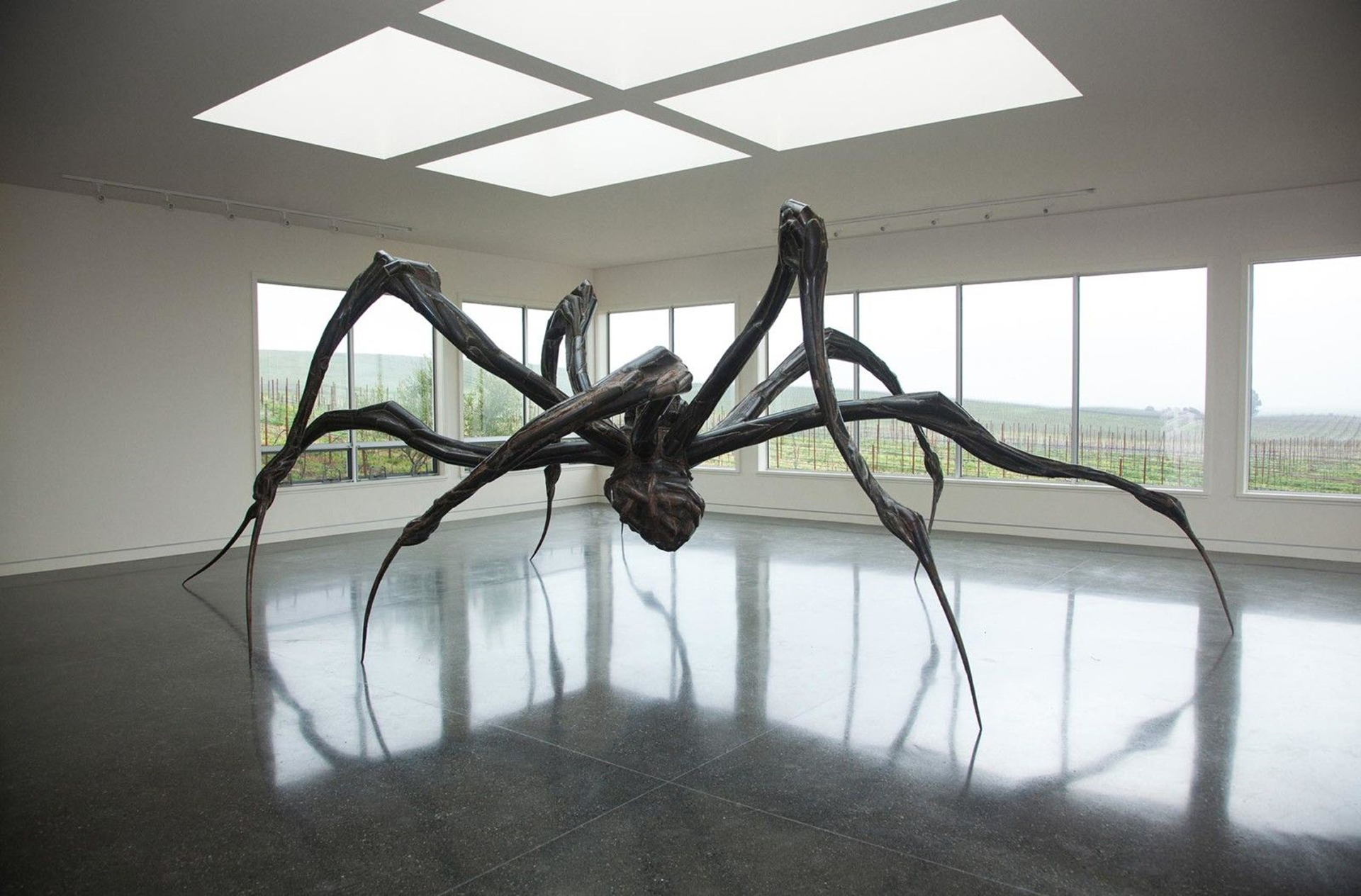
Other famous sculptors include:
2. Dame Elisabeth Frink
She was a British sculptor who grew up during World War II. She even had to duck behind a hedgerow once to avoid German fighter plane machine gun fire. These experiences inspired her art. Her highest selling pieces recently are her bronze sculptures, including 'Leonardo's Dog II' which sold for £170,000, which was above estimate.
3. Barbara Hepworth
She studied art at the Leeds College of Art. She was a friend of Henry Moore and was part of the St Ives' Group, working in Cornwall. Her museum and sculpture garden can be found there today.
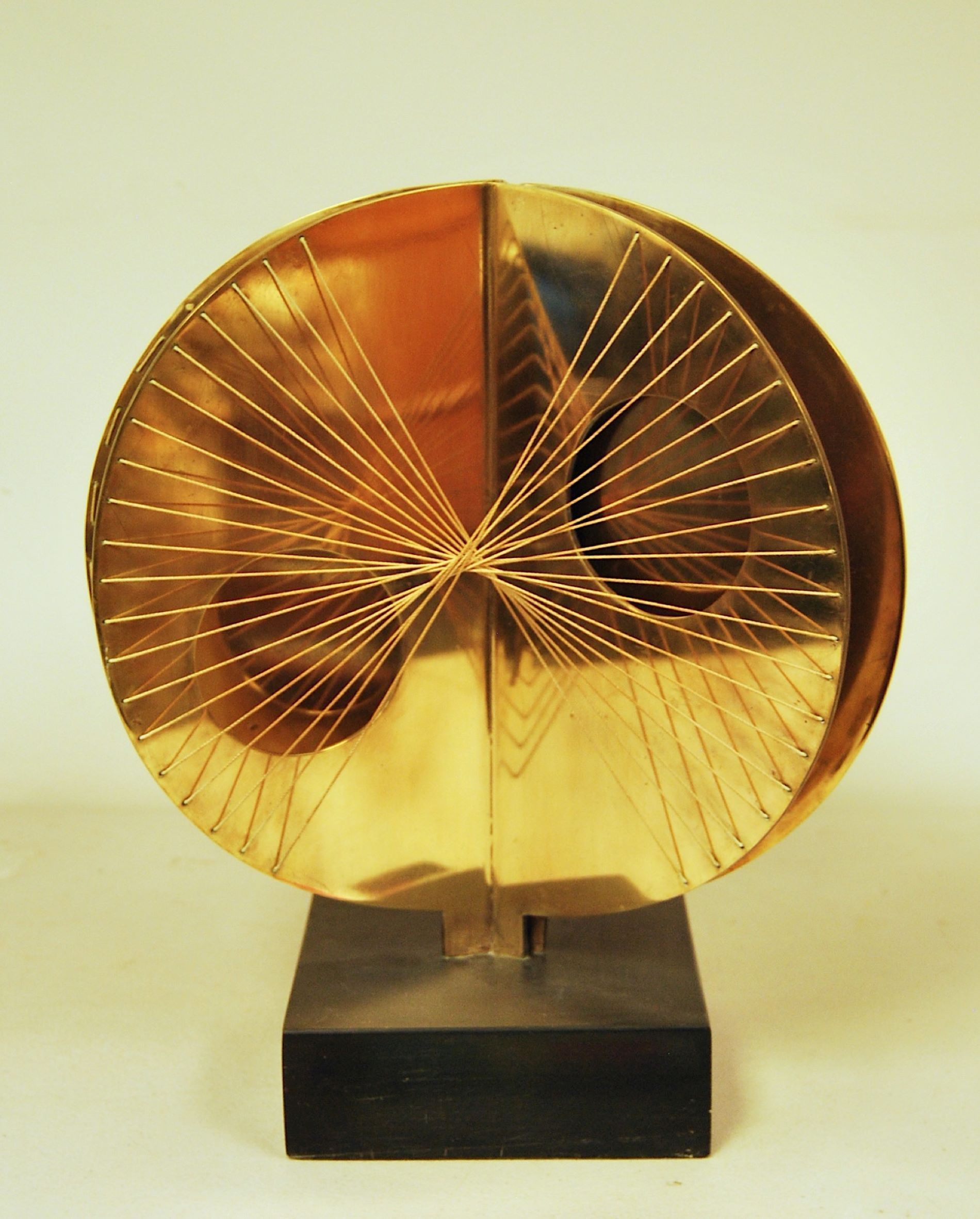
4. Albert-Ernest Carrier-Belleuse
He was a French sculptor who died in 1887. During his life, he was known by the range of works he was able to create. Sometimes his depiction of people led to heated debates. His pupil was Auguste Rodin.
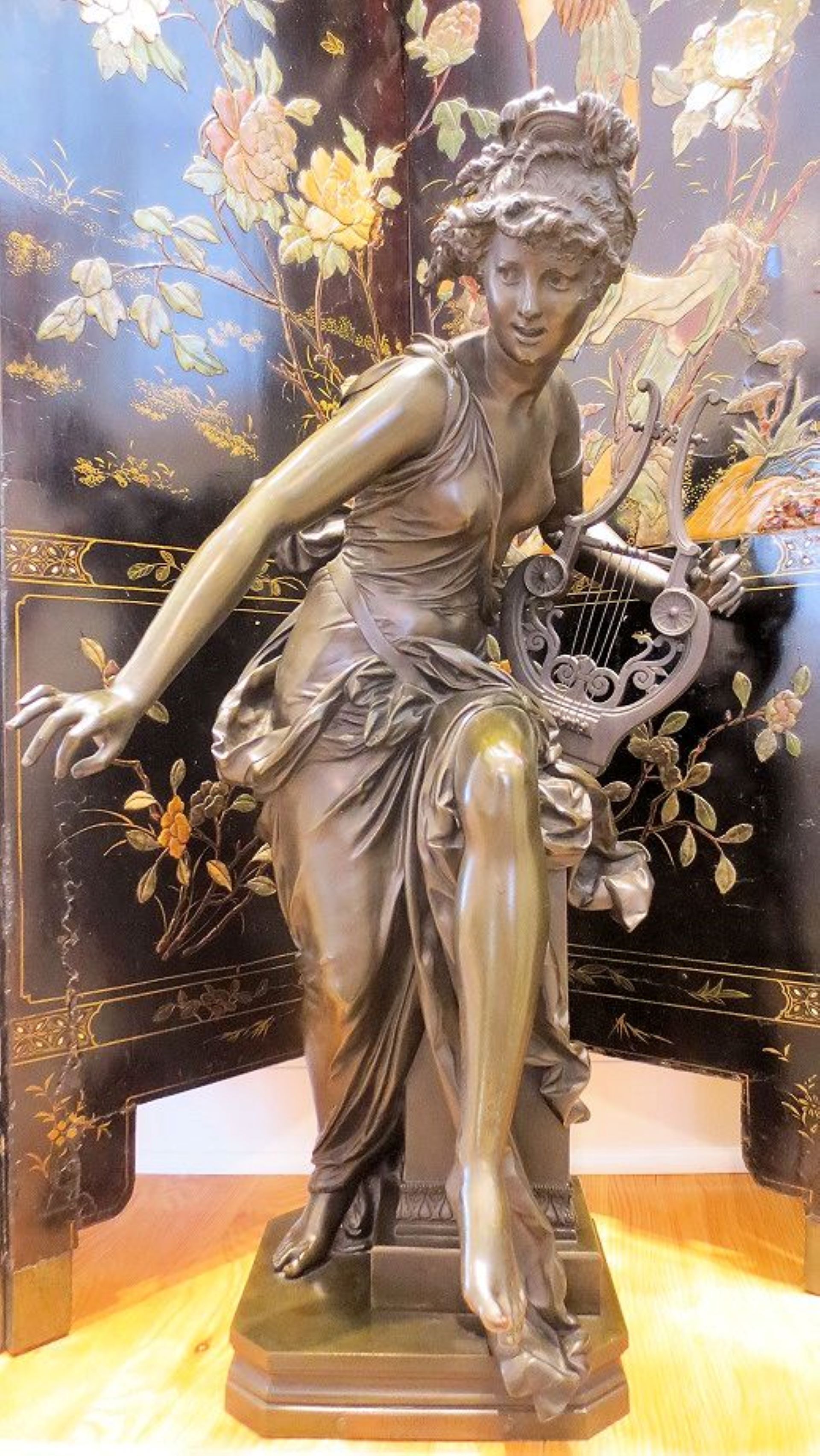
5. Auguste Rodin
He was one of the more famous sculptors and continues to have his own museum in Paris, bequeathed to the French state for the education of workers and artists. He also included his intellectual property, his moulds, and models in the gifts he provided to the State which has encouraged the museum to continue to produce his works and self-fund for the benefit of society.
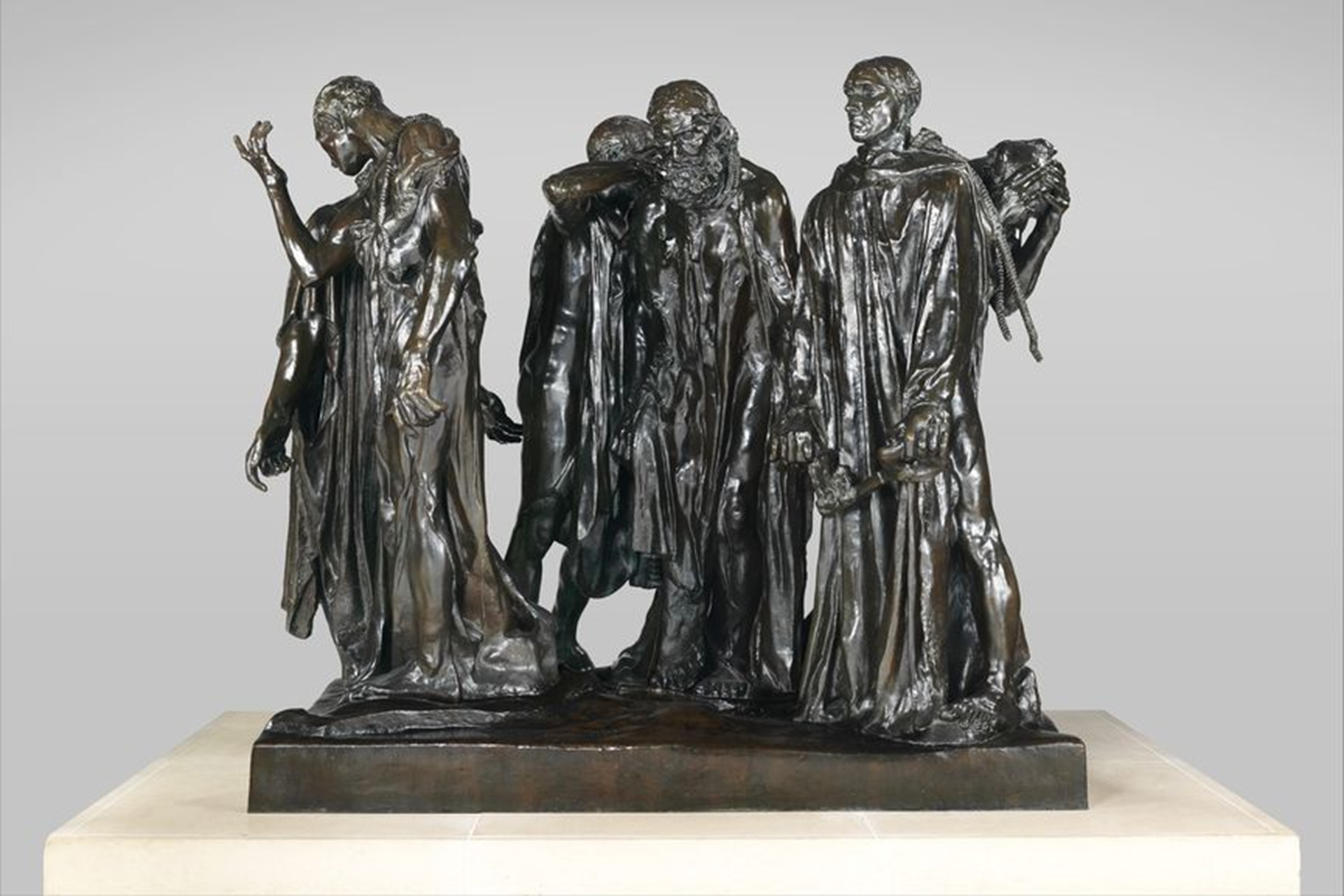
6. Henry Moore
His works are Quastel favourites, often featuring in our brochures and on our website. Like Leonardo, the human form was important for his inspiration. He said, ‘Bones are the inside structure that nature uses for both lightness and strength’.
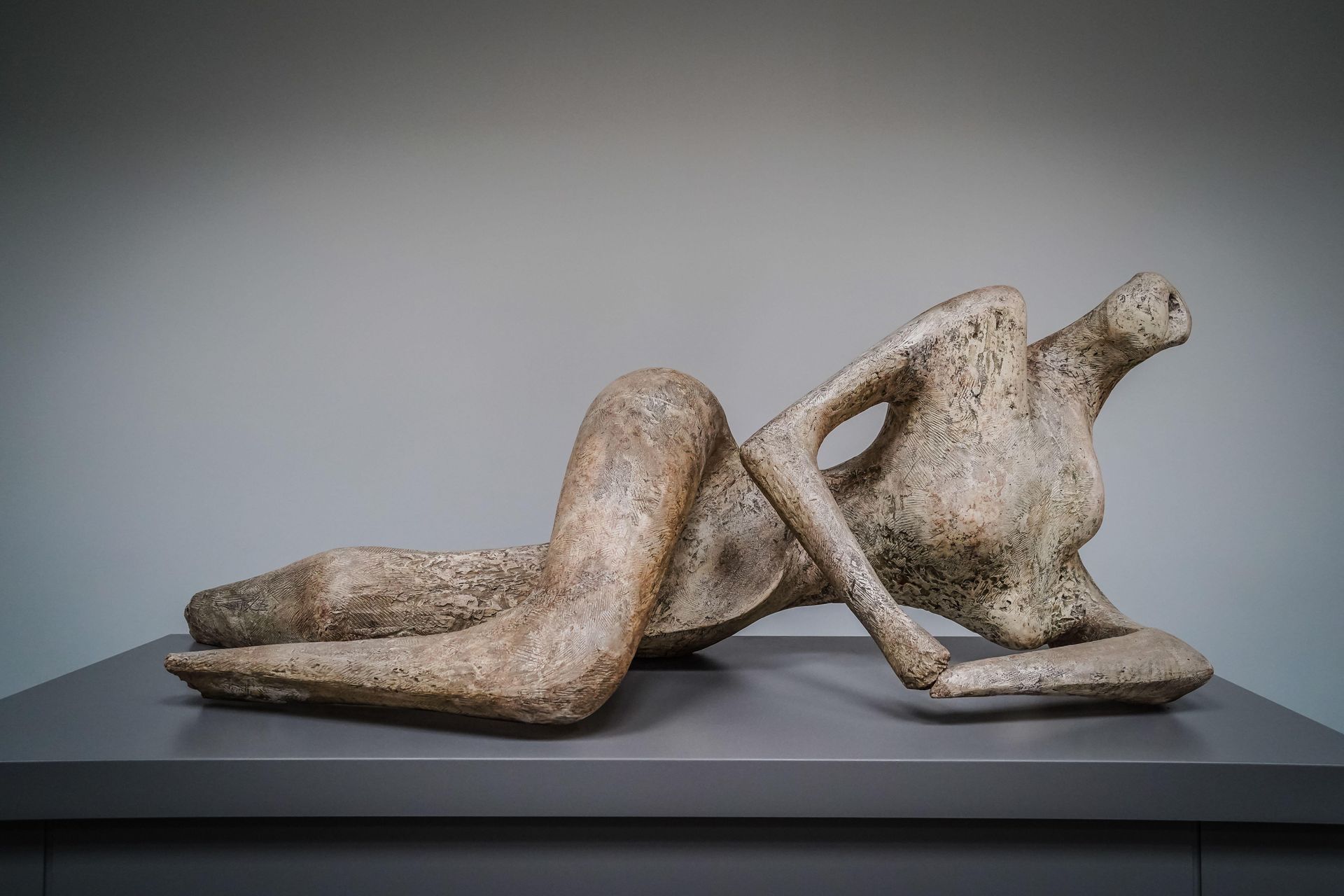
7. Alberto Giacometti
He was a Swiss sculptor who died in 1966. His works have a very distinct look. They are often figures of rather tall and elongated people. His Femme de Venise VIII sold at auction for over £8 million in 2023.
8. Antony Gormley
He is a British born sculptor and is best known for making his moulds using his own body as a model. He has also placed his sculptures outdoors, sometimes creating a level of sensationalism when people fear that the sculptures are actual human beings. For 6 Times, for instance, he placed six figures on the Water of Leith, Edinburgh, partially submerged in water.
These are examples of the types of bronze sculpture that our valuers regularly see. Should you require a valuation of your fine art, antiques, or jewellery, please contact the Quastel Associates’ team and we would be happy to put you in contact with the most suitable valuer for your needs.

